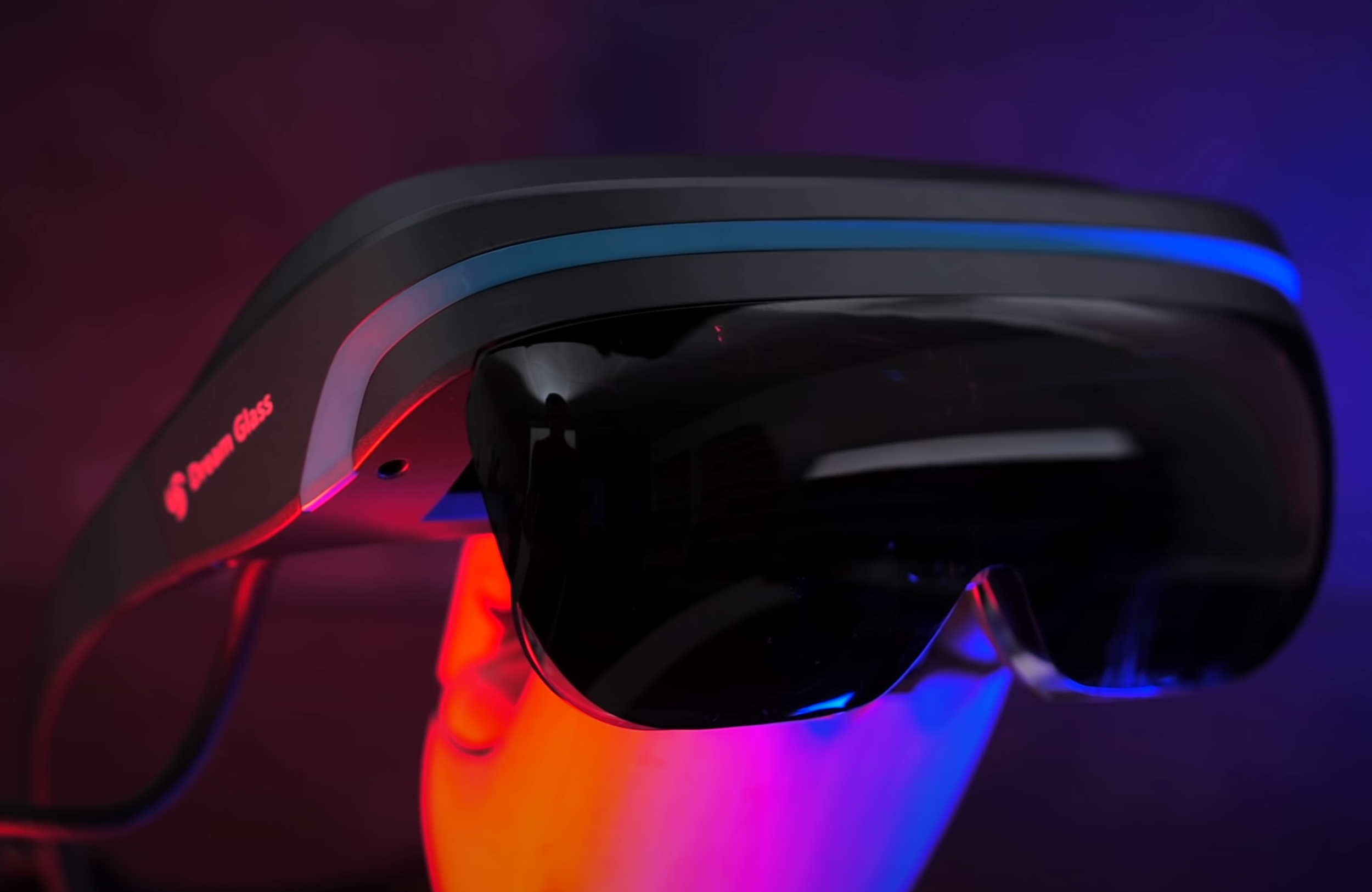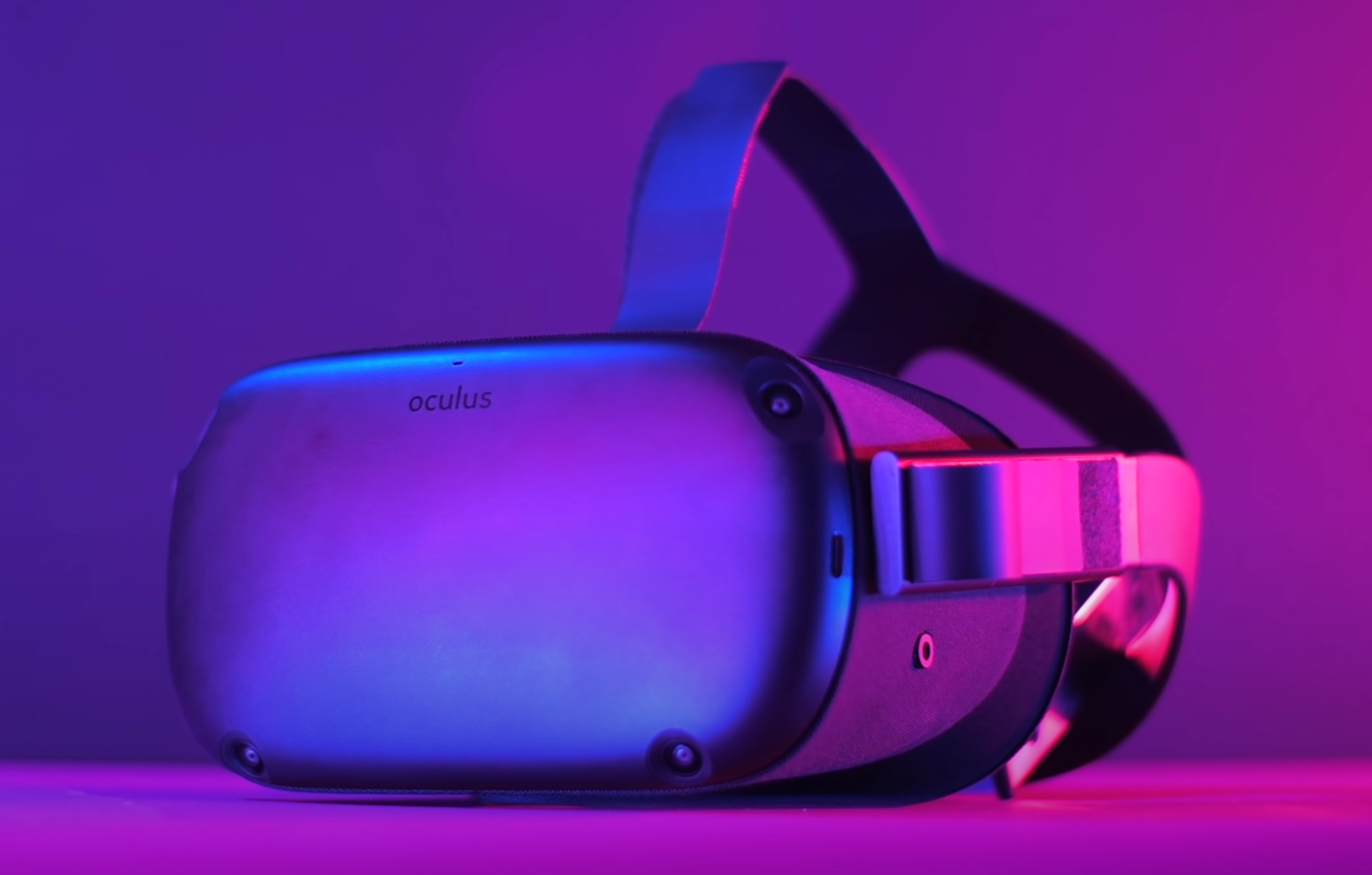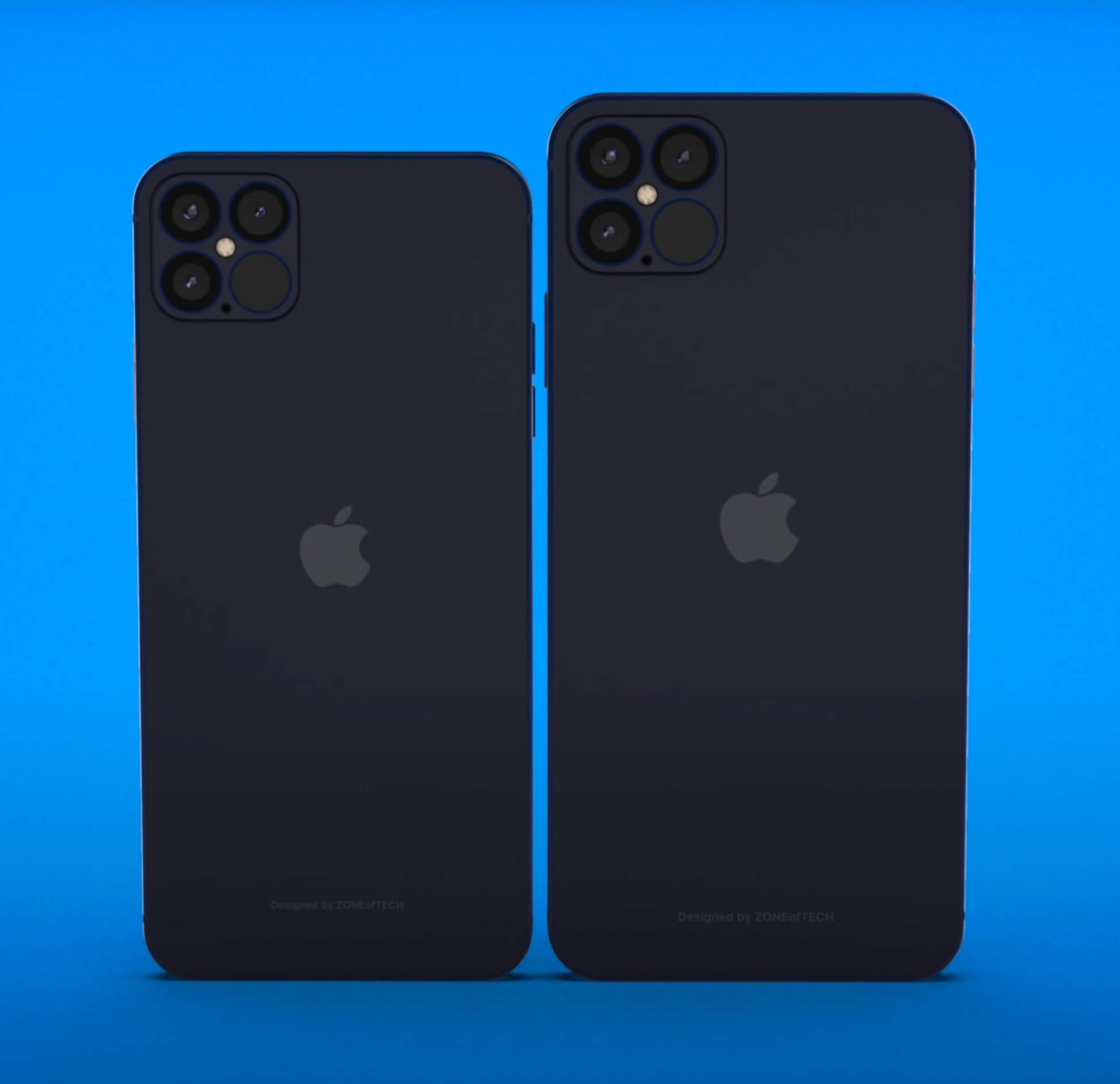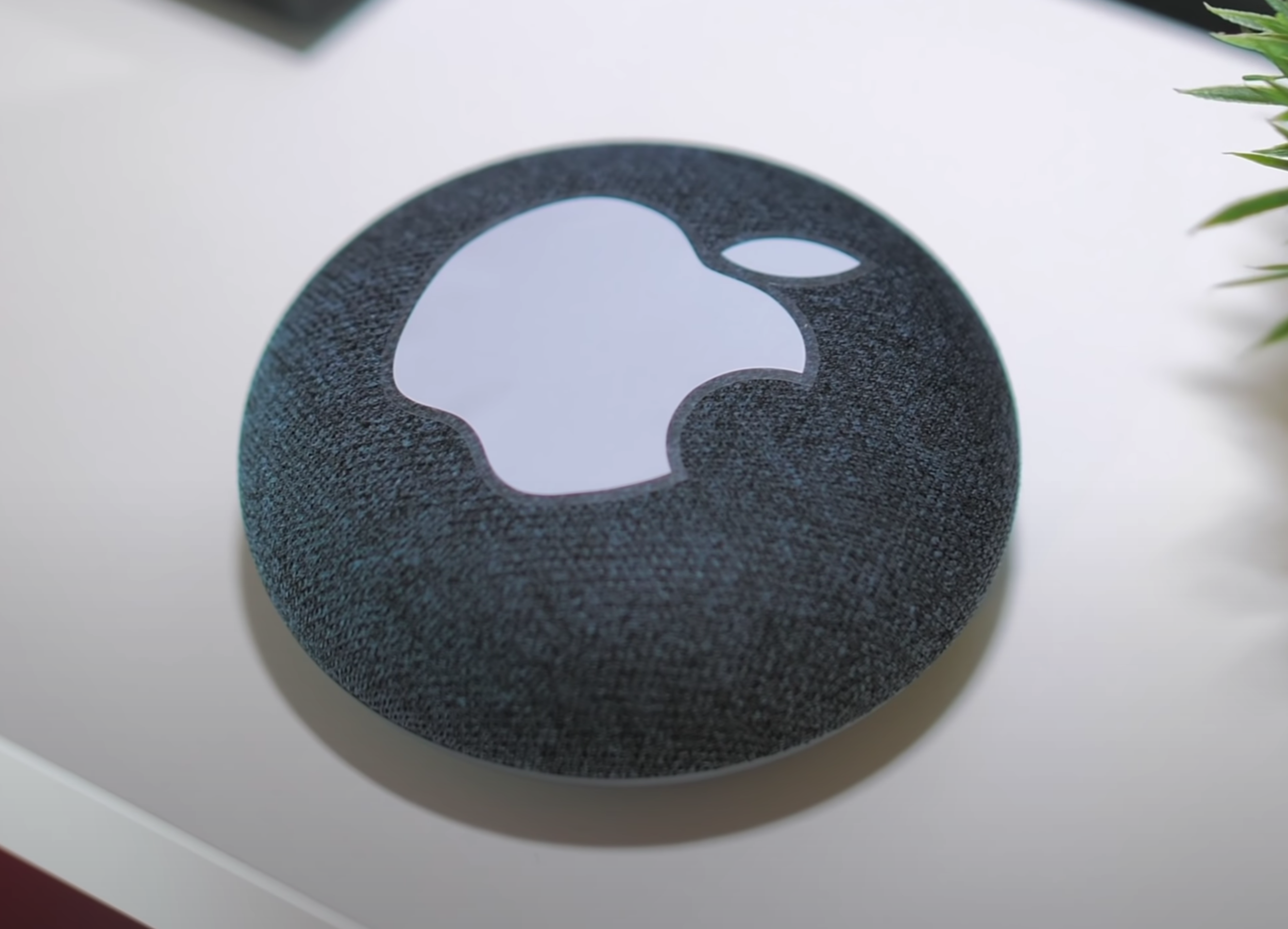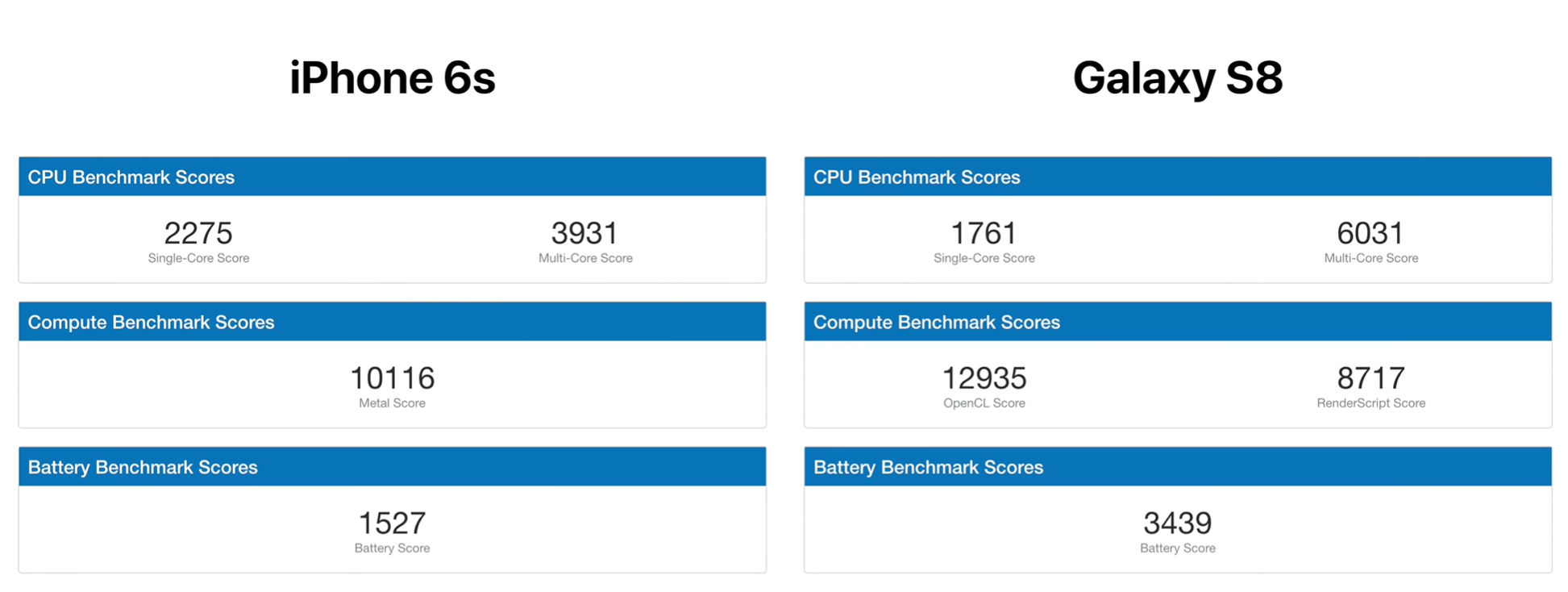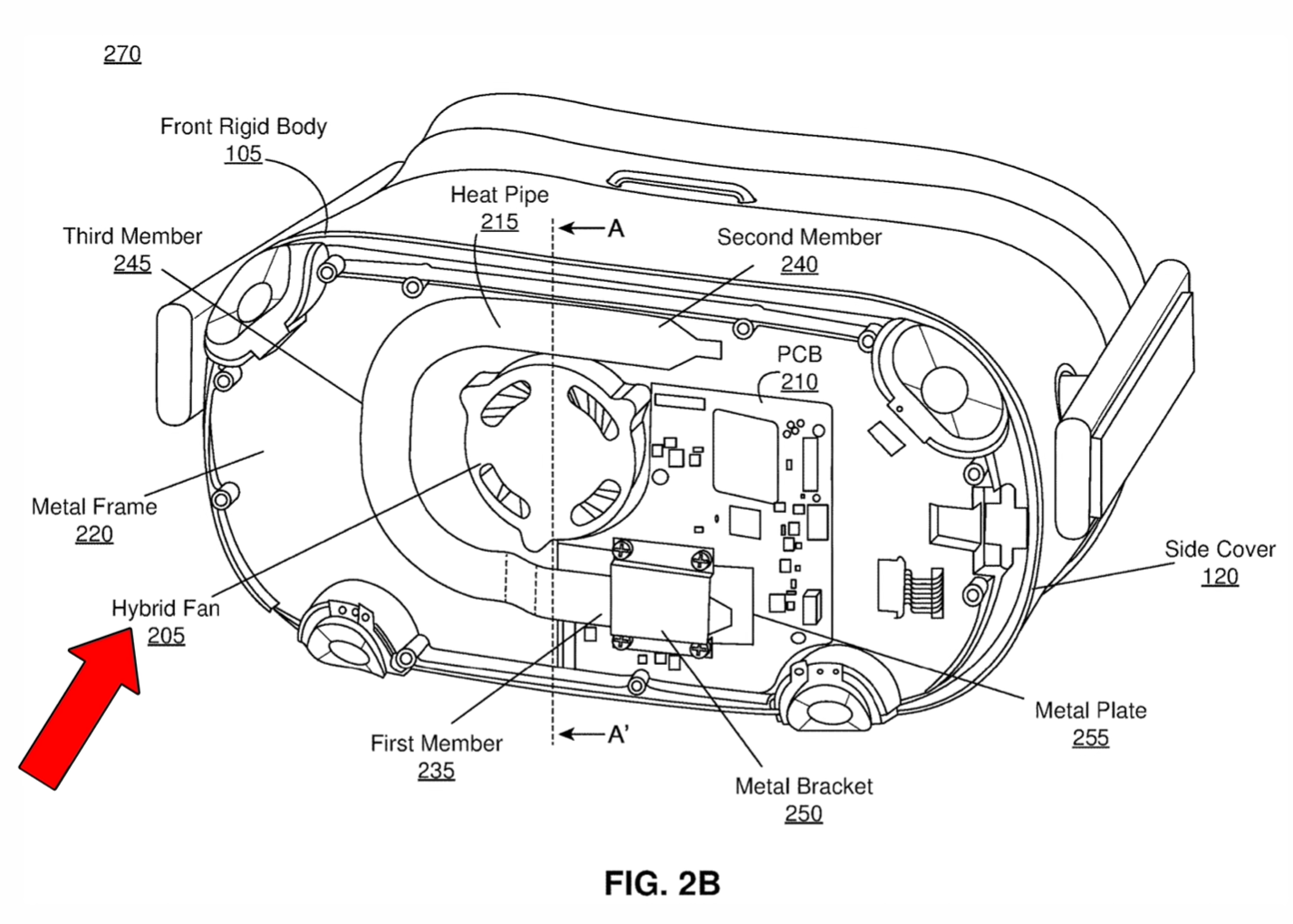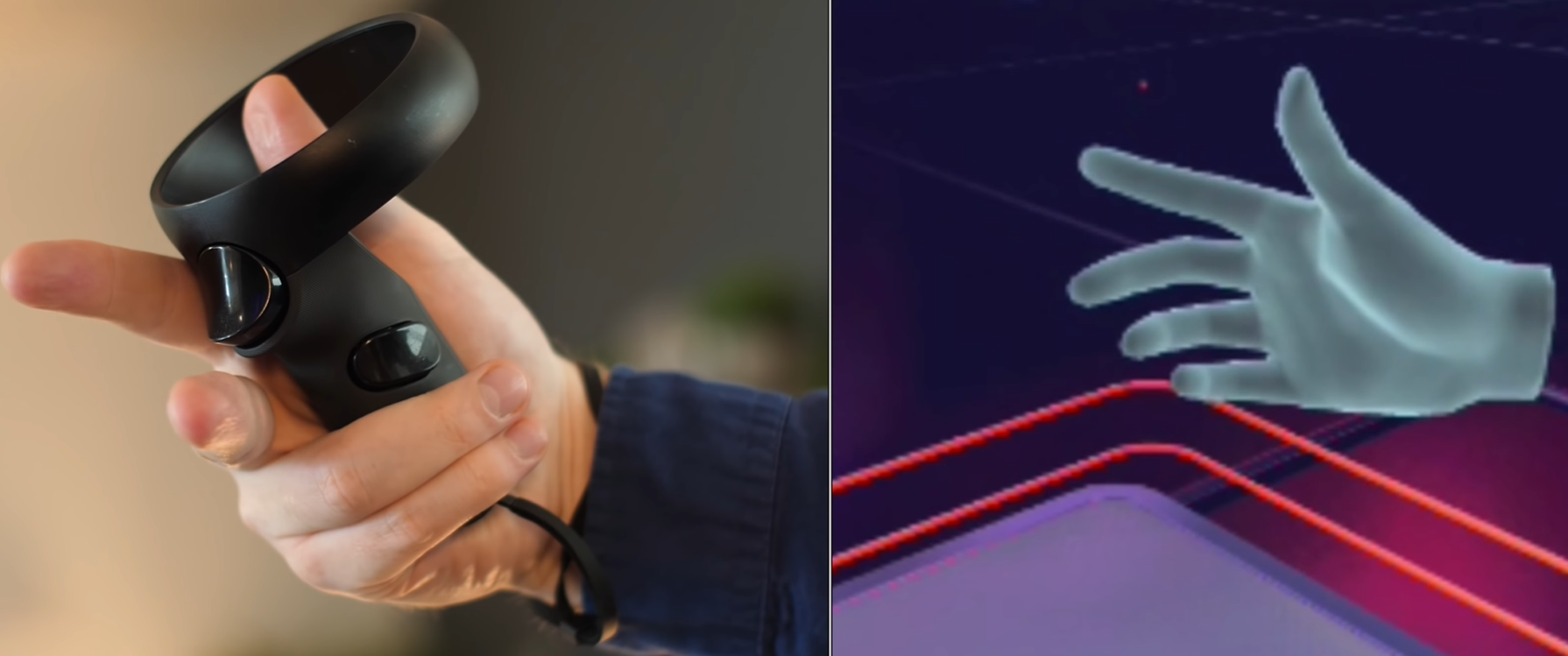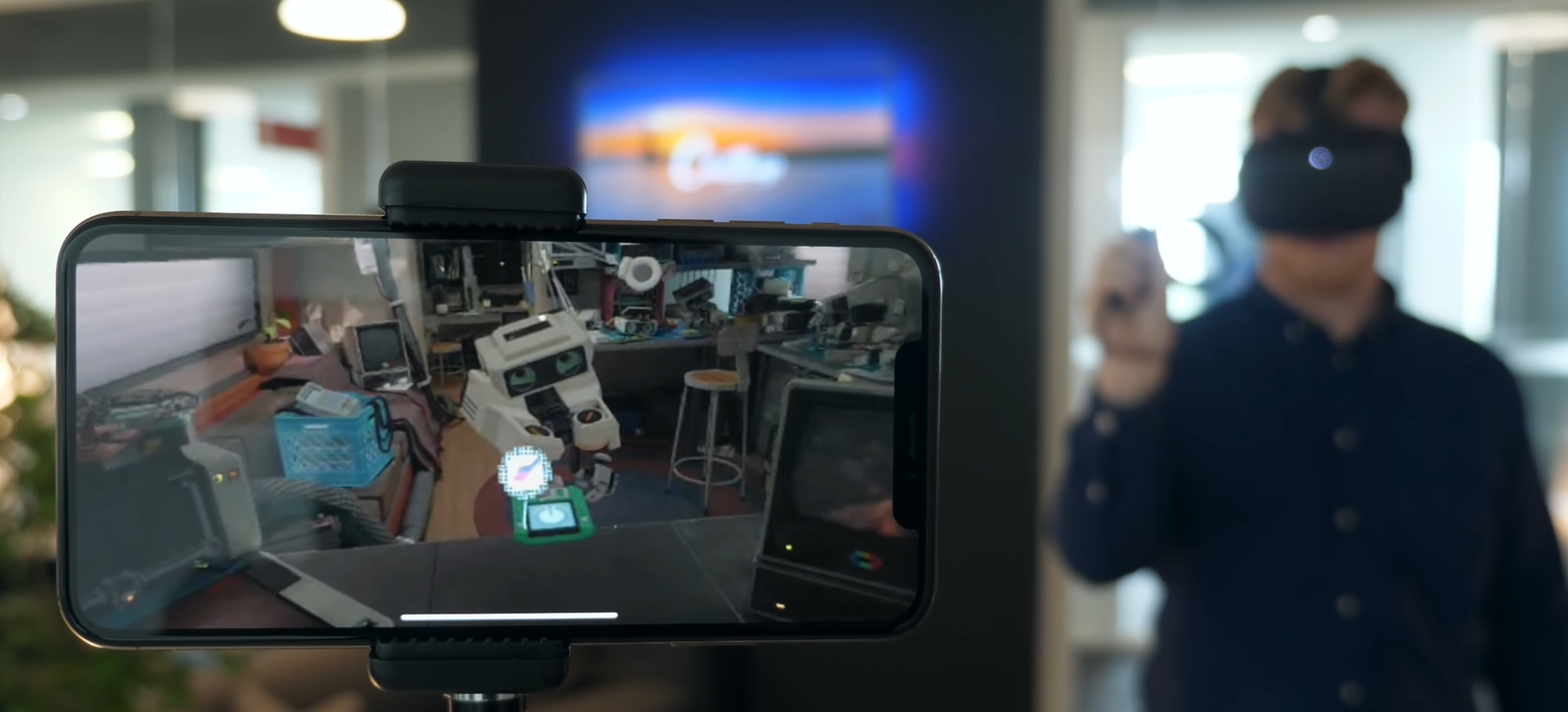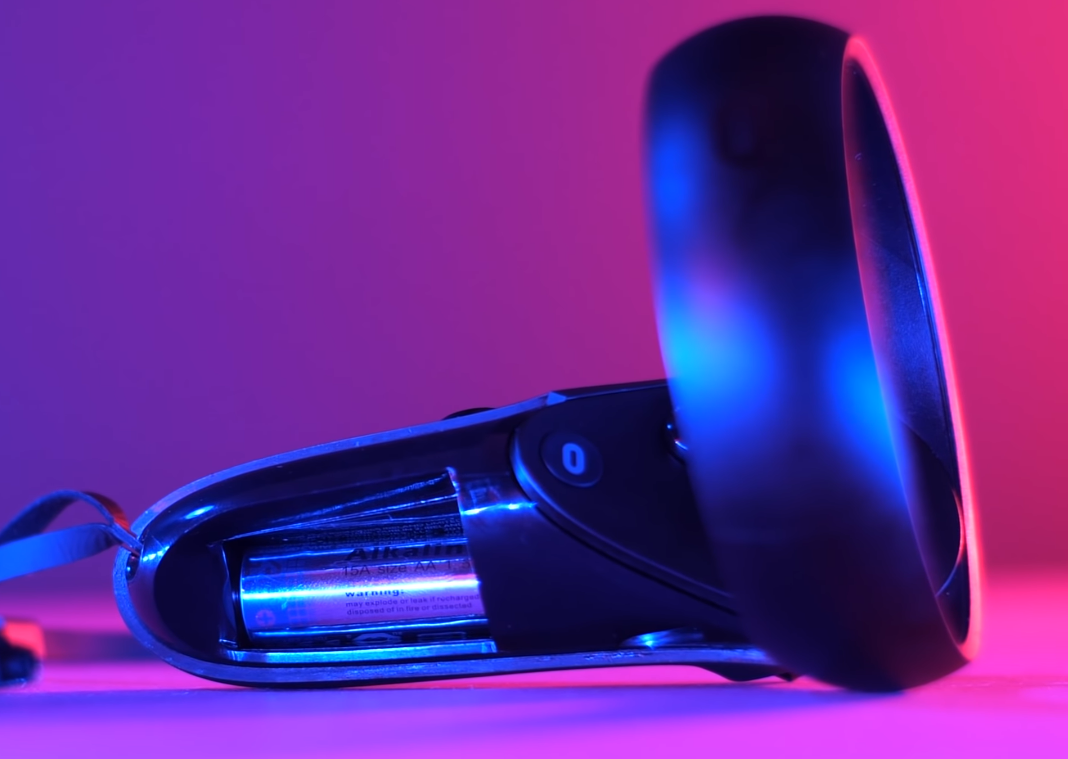AR is the future and I’m so excited for it!
Apple is currently the leader in terms of AR Tracking right now. We know that they’re working on their brand new AR Glasses, which we’ve done a number of videos on but you see, this video is quite a bit different, this is because I’ve sort of tried the Apple AR Glasses myself. Well, not the actual unit as no one outside of Apple really has access to those, but I have tried two devices which are essentially early prototypes of what the Apple AR Glasses will deliver, in terms of functionality.
So, without any further ado, get those snacks ready and let’s jump into some AR.
DreamGlass 4K
The first item that I have tried is called the DreamGlass 4K. This thing hasn’t fully launched just yet, it’s on Indiegogo, DreamGlass hasn’t sponsored this in any way, they have sent this over for us to check out. After checking it out, I honestly don’t recommend it but it does have some interesting features that do give us an early taste of what the Apple Glasses can do.
This is basically a Heads-On Display Headset, very similar to the Google Glass where you had this tiny Display in a corner of your field-of-view. That tiny Display would show you some info such as the Time, Date, Weather, Notifications and stuff like that. The first difference here is that the Display on these is Full-Screen, rather than it being a tiny window. Secondly, these Glasses are actually tethered to a Remote, which I’ll get to in just a second, meaning that they’re more like a home-experience device rather than something that you would take on the street or in public.
The way they work is that they have these two tiny Displays in each of the Lenses, which your eye then perceives as one Display. It’s fairly high-res, at least according to DreamGlass. They claim that this is a 4K Panel, but I’m not so sure about that as the content that I was viewing on this was mostly 1080p. However, I can’t deny that the Display inside of this is pretty decent. You connect the Headset to a Remote, which runs Android. It has Bluetooth, WiFi and all of that, which means you can put movies and a few Apps on here, then preview those on the Headset itself. The reason why this isn’t AR is because the Display itself is fixed, it doesn’t move. If you move your head, it will move as well, just like the Google Glass did.
The DreamGlass 4K is an early prototype with some flaws to iron out, but it has some promising features.
Now, what’s cool about this is that the Remote itself also has a HDMI Port, meaning that you can connect this to a Console and play Console Games on your Headset without anyone even noticing. You can connect your Smartphone and play some movies directly or even stream content wirelessly, that’s doable as well. Plus, you can connect a Controller and basically have a gaming set-up on the go. However, my favourite feature is that you can also connect it to a Laptop and have a full Desktop UI, which you can then control with your Mouse & Keyboard and then when you remove the Glasses, the virtual set-up is all gone.
So, that’s what I really like about these, the fact that they give us a glimpse of what we could do with true AR Glasses in the future. If you’re ever played ‘Horizon Zero Dawn’, humans had these Chips that they would attach to their heads and they were able to see AR Elements in the real world, that’s how they were all using their computers. There were no Monitors, you would just sit on a desk, turn on your AR Chip or Headset and your computer will appear right in front of you. The DreamGlass is essentially an early look at that.
Unfortunately, it does have a lot of issues. For example, even-though DreamGlass says that this is 4K Display, on their Specs sheet they only list 2.5K, which I’m assuming is for each eye. But anyway, once I connected my Laptop to the Headset, the Laptop was only seeing this as a 1080p Display, rather than a 4K Display. Not only that, but there was a significant amount of ghosting and lag when using the Mouse. So, the Response Time on this is extremely high, making it unsuitable for almost anything other than watching movies really. Speaking of that, we tried manually putting some videos and Apps onto the Headset, but our computers just couldn’t see it. Not even a USB stick would work, through that single USB A Port. You can activate 3D Mode using a Button on the Remote, which actually works surprisingly well, that’s cool but realistically, I just cannot recommend this to anyone.
It costs $400 or £300, as much as a Console, but it’s nothing more than a Monitor that’s strapped to your head, which also needs another device to work properly. The DreamGlass isn’t really worth it, but at least we got a good idea of how the Apple Glasses could be used to interact with a virtual Mac.
Oculus Quest
Now, the second device that I have is a bit more special, this is the Oculus Quest. It is something that came out last year and we’ve even made a very detailed Review Video, which you can check out on the channel.
Now, as most of you might now, the Oculus Quest is a VR Headset, meaning that you’re fully immersed into the experience and you cannot see the real world at all. Something quite unique about the Oculus Quest is that it is a fully wireless VR experience so unlike the Smartphone VR systems, where you just slide in your Phone and you can just look around up, down, left or right, the Quest has the full Six Degrees of freedom. This means that you can even walk around your room and the Quest would be able to track that. It’s pretty much like the high-end VR systems, like the HTC Vive, except it’s fully wireless and it does all the tracking on its own, without the need to place large tracking Sensors in your room. In order to achieve this, it uses four Cameras, one in each corner that tracks the environment in 3D.
A recent update for the Oculus Quest really ups it’s AR game, with features that Apple’s own device could implement.
But what has this got to do with the Apple AR Glasses, which are surely AR and not VR? Well, Oculus has actually released a recent update, which allows you to also use the Quest as an AR Headset. So, remember those Cameras that I mentioned that are used to map the environment in 3D? Well, with this recent update, you can actually replace the standard background in the Menus, with the video feed from the Cameras. Even-though this is just black and white, it perfectly matches the environment in real life and you now have all the Menu Elements appear on top of your real world. This is fully tracked, which is really what the Apple AR Glasses will be all about.
The only difference will be that Apple’s Glasses will be smaller and made so that they resemble actual Glasses. Plus, the AR Elements would be overlaid on top of your real-world view, rather than a Camera recording your real-world view and then overlaying the AR Clements on top of that video recording. Everything will be just as sharp and just as colourful as in real life.
This would be cool if you could just use your hands to control the UI. Well, it turns out you actually can! The Oculus Quest has full Hand-Tracking Support, meaning that I can just use my hands to navigate the UI. There are also a few Gestures that I can do to simulate a click or even move the UI around. I have to say, if you do have an Oculus Quest, you have to try this for yourself.
Firstly, you need to make sure that you have the latest updates installed, then go into ‘Settings’, ‘Experimental Features’ and turn on the new Beta HomeScreen UI. Once you’ve done that, the Headset will reboot. After that, you can go into ‘Settings’ again, select ‘Virtual Environments’, select ‘Passthrough’ and there you go, an early look at AR Glasses.
Apple AR Glasses
Ok, so now that I have talked about two pieces of tech that give us an idea of how Apple’s AR Glasses will work, how would they be any different from these two Headsets?
First of all, Apple will designing their AR Glasses to look like regular Glasses. We have heard some rumors that Apple is also working on a VR/AR Headset, which is said to look similar to the Oculus Quest and that one might launch earlier. The main AR Glasses Headset that we’re all waiting for, that would just look like a regular pair of Glasses.
The use of the LiDAR Sensor on the iPad Pro & iPhone 12 Pro’s may be a test-run for something much bigger.
The second difference, like I mentioned before, is that the AR Elements would be displayed on the actual Lenses of the Glasses, rather than those being displayed on a video-stream, like they are on the Oculus Quest. You will get to see the AR Elements projected right onto the real world, with the elements themselves being in 8K Resolution, according to the info that we’ve seen so far. Also, instead of using actual Cameras to map the environment, like the Oculus Quest, Apple is said to be using LiDAR Modules that they’re currently using in the 2020 iPad Pro (this is also what the iPhone 12 Pro’s will be using).
Not only that, but Jon Prosser said that this is Apple’s plan, to implement the LiDAR Module on their iPads and iPhones first so that users get to use it for a bit, then take all the AR data that they’ve gathered from those devices and improve on the AR experience for the Glasses. It seems like the only reason why the LiDAR Modules are there is to create the AR experience of a future product, Apple’s AR Glasses.
In terms of interacting with the UI Elements, Siri will indeed be present. Just like with the AirPods and pretty much all of Apple’s devices today, you’ll be able to ask Siri different questions and requests certain actions. The interesting part is when it comes to touch interaction. We’ve seen some reports that Apple will have a Touch Panel built into the Frame. That may be the case for things such as Volume Control, but I think the main interaction would be done in a very similar way as to how it works on the Oculus Quest, which is by fully using your hands in the air, flicking and scrolling through the UI.
In fact, a recent Patent Application found by ‘AppleInsider’ shows that Apple is looking into having interactive AR Elements appear on a real-world surface. What this means is that you would be able to have Buttons, Menus and even Apps on a flat surface, in the real world, and interact with them just by pressing the virtual Buttons. This will be sort of like having a virtual iPad that’s just sitting on a desk, that you can actually interact with.
In fact, one MacRumors user, ‘AngerDanger’, claims that Apple could potentially use Thermal Imaging to detect hotspots left by finger-taps on surfaces, which they can then register as Touch Input. Not only that, but if you’ve been following Apple’s advancements in AR, with ARKit, you know that they managed to pull off things that were previously considered impossible. They managed to pull of AR Tracking with just a single Camera Lens. Normally, you would need at least two Cameras so you can compare the differences between the two and create a 3D shape. Apple managed to pull this off with just one Camera and by using the data from their built-in Gyroscope and Accelerometer. Not only that, but Apple has also managed to add real-time shadows onto the virtual AR objects. What this means is that, if you have a virtual object and in the real world and you have a light pointed in one direction, that virtual object would blend into the scene perfectly with the light casting a shadow on its other side. Apple has also managed to pull this off with reflections. If you have a glossy virtual object, objects from the real world, this would actually cast reflections on it.
The bulkier headset that Mike Rockwell advocated for would need external hardware, something that Jony Ive and Tim Cook did not side with.
Apple’s AR glasses are said to be announced by the end of 2021, with a full release in 2022. This can of course be delayed, depending on how the project is going for Apple. Speaking of that, a report that came from Mark Gurman in June 2020 claims that there have been some serious internal debates between Jony Ive and Mike Rockwell, who leads Apple’s AR and VR development on how this Headset should work.
Jony wanted a fully wireless Headset that was thin and sleek, essentially, the Glasses. Mike, on the other hand, wanted something revolutionary in terms of Graphics and experience and because of that, the Headset ended up being bulky and needing an External Box, which would process all the data and then stream it wirelessly to the Headset. This Headset would’ve been an AR and VR Headset, again, very similar to the Oculus Quest.
Tim Cook apparently sided with Jony on a Headset that doesn’t take people from the real world, but instead adds Elements onto the real world in order to improve it, which I fully agree with. I’m personally team Jony here but do let me know what do you guys think? Would you prefer that Apple develops the AR Glasses or an AR/VR Headset, like the Oculus Quest, instead?

